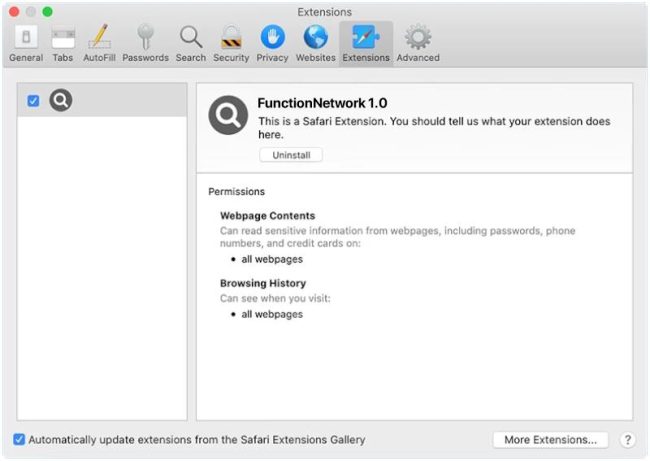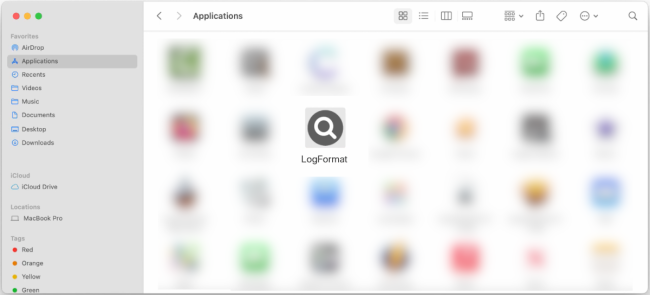How to remove FunctionNetwork (Mac)
FunctionNetwork is a type of malware that specifically targets Mac computers. This malware is designed to infiltrate a user's system and steal sensitive information, such as personal data, login credentials, and financial information. FunctionNetwork is usually distributed through malicious email attachments, fake software downloads, or infected websites. Once the malware is installed on a Mac, it can run in the background without the user's knowledge, silently collecting data and sending it to the attackers.









